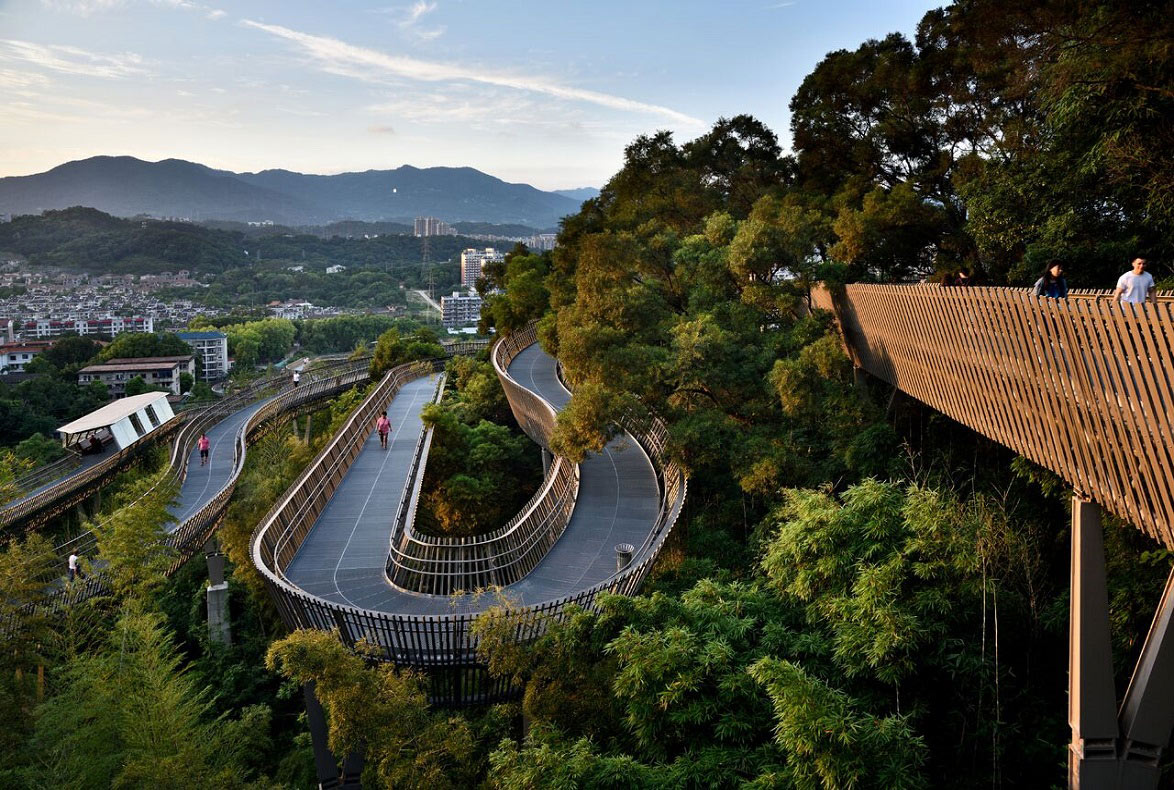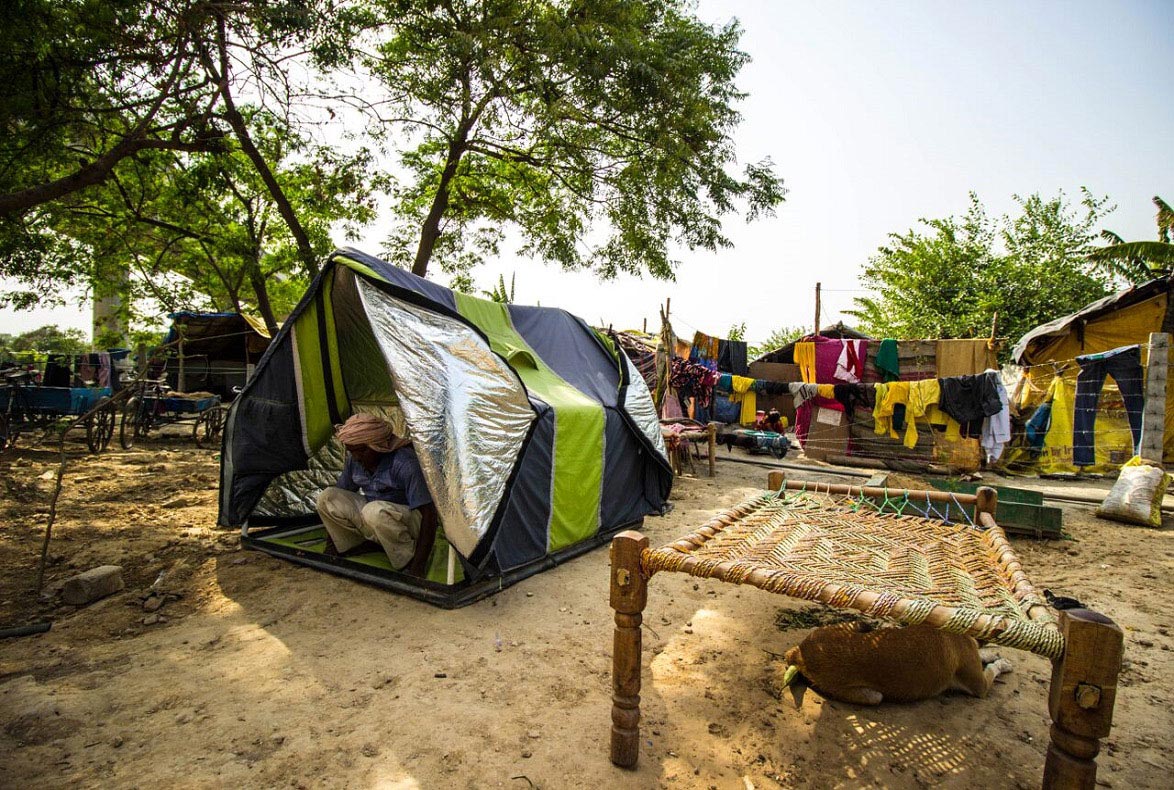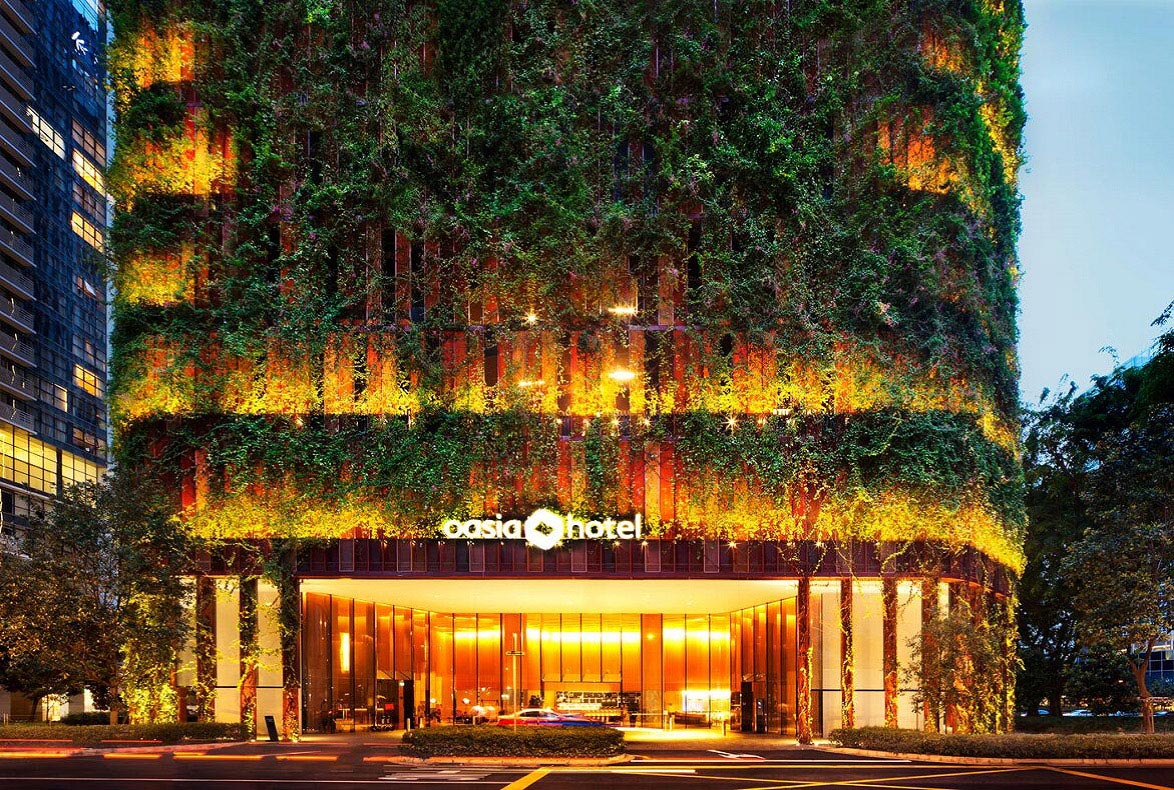DISCIPLINE
Architecture
* DESIGNER OF
THE YEAR 2010
Kerry Hill
Director
Kerry Hill Architects Pte Ltd
Born in 1943, Kerry Hill graduated from the University of Western Australia in 1968, and then worked in Perth with Howlett & Bailey Architects. In 1971, he moved to Asia and never looked back: he worked with Palmer and Turner in Hong Kong, Bali, Jakarta and Singapore, and then established Kerry Hill Architects in Singapore in 1979.
Kerry Hill describes his attraction to architecture almost as fate:
“I am an architect like a dog is a dog – that’s my lot in life.”
A man of few words but wellknown for his uncompromising commitment to architecture, Kerry Hill is lauded for his work in Asia, in particular on resort hotels. He is celebrated for a brand of architecture that adapts traditional Asian design and draws on the climatic and site conditions specific to each project location. While living and working in Asia, he says, “I have consciously allowed a reciprocal influence to exist between my modernist principles and the traditions of the East. It is part observation and part intuition.” Instead of replicating traditional designs, he seeks to “reference past building traditions through suggestion and association”.
In addition, he aims to “emphasise sensual experience and an intuitive approach over theoretical speculation”. He believes that “a spatial experience should evoke a response from our senses – of sight, touch and sound”. In this “experiential architecture”, says Kerry Hill, “the choice of materials is central to our design process. A hierarchy usually exists within the composition of materials for each project. How these materials are connected is informed by one material paying respect to another. Our desire for exactitude is fundamental.”
Inclined to “produce results rather than talk”, as one Jury member noted, Kerry Hill prefers to let his work speak for itself. When asked what he thinks sets him apart from other architects, he says simply, “That’s for others to decide.” Indeed, his work has received an extensive list of awards from the Singapore Institute of Architects and the Royal Australian Institute of Architects, and from several state institutes in Australia and the United States.
Notable projects include The Datai Hotel in Langkawi, Malaysia, which won the prestigious International Aga Khan Award for Architecture in 2001; and The Lalu Hotel at Sun Moon Lake in Nantou, Taiwan, which clinched the FIABCI Prix d’Excellence Winners Award in 2004. In 2006, the Royal Australian Institute of Architects honoured him with a Gold Medal in recognition of his work as “an architect of exceptional sensibility and expertise” who has “consistently delivered the very highest quality architecture”.
Kerry Hill holds professional registrations for architectural practice in Singapore and most Australian states. He also lectures and travels extensively, and has taught in several leading schools of architecture. He delivered public lectures at the School of Architecture of the National University of Singapore (NUS), where he was an external examiner from 2005 to 2007. From 2006 to 2008, he served as a Jury member for the President’s Design Award. In 2008, the University of Western Australia awarded him an honorary Doctor of Architecture degree. He is currently Visiting Professor of Architecture at the University of New South Wales.
Having spent decades in Singapore and taken up permanent residency, Kerry Hill is positive about the growth of architecture in Singapore. He says, “There is definitely a growing sense of architectural community in Singapore together with an increasing awareness among clients that good design sells. The design culture is maturing and I am optimistic for the future.”
READ MOREInsights from the Recipient
Citation
‘‘Set your sights high – mediocrity is an expensive burden.’’
Jury Citation
The work of Kerry Hill and his practice over many decades has involved the exploration of, and extensions to, the idea of rooted regionalist architecture. This has resulted in an extraordinarily wide range of building types in different countries that has been achieved with quiet confidence.
This confidence has been derived from a thorough analysis of place; a belief that intuition as well as formal skill is important, and that cultural difference should be regarded as a generator of new ideas rather than a hurdle to be overcome.
The hallmark of this architect’s work has concerned clarity of diagram, which has in turn led to simple and effective techniques to synthesise issues of scale, climate and material.
Kerry Hill’s belief that house design is a key element in the thinking of any architect is a clue to the way in which his own exploration of scale, plan and site plan can produce anything from modest projects to major buildings with major budgets.
Key to all the work is an understanding of the way in which weather and climate need to be accommodated in the context of the tropics. As it has turned out, the lessons that international modernism rarely fully learned are now being taught by the recipients of those modernist ideas who work in the East.
The new obsession with sustainability and low-energy buildings has required architects in Europe and America to understand the relationships between ventilation, light, space and insulation that have been critical to the works of Hill and other like-minded architects working in extreme climates.
The work of this practice is a reminder to both young and not so young architects that integrity of design, which includes responsibility for interiors and energy strategies, will be necessary if the profession of architecture is to respond to the environmental challenges that face development and construction sectors across the world.
On a personal level, Kerry Hill has been a teacher of, and mentor to, many architects both in schools of architecture and in his office, some of whom continue to explore and develop ideas that have formed the touchstone of his career.
VIEW JURORSNominator Citation
MR RICHARD HASSELL & MR WONG MUN SUMM
FOUNDING DIRECTORS
WOHA ARCHITECTS PTE LTD
We worked for Kerry Hill Architects from 1989 as fresh graduates until 1995 when we set up our own firm. Kerry often said that the most important decision you make as a graduate is the first firm you work for. We found that to be true.
Kerry’s office was an excellent training ground. In the 1980s, Kenneth Framptom’s Critical Regionalism had been the major focus of design in schools in both Australia and Singapore, and the hospitality projects Kerry had on hand were tailor-made to explore how international modernism could be married to traditional architecture – tourism projects were at the front line of global versus local, stereotypes versus surprise, embracing or resisting history, representation, authenticity, innovation and climate.
The office had a healthy collegiate atmosphere and a great group of people, with the result that debate raged, alternatives were pushed and everyone critiqued everyone else’s work. It was great fun and also very hard work. It was always about architecture, architecture and architecture. At the time, it seemed this atmosphere was natural to an architectural practice, but after running our own firm, we have realised that such an atmosphere must be created, and there is some alchemy required to consistently generate such commitment and passion from a constantly changing group of young architects. This magic dust came from Kerry, without doubt. Perhaps the single greatest thing we learnt from Kerry is that architecture has to sail above all else, and if you believe this, somehow everyone, and everything else, will come along for the ride.
The development of Kerry’s signature design direction began with the unbuilt Balinese project of Jimbaran Bay, designed in the late 1980s before we joined the firm. This unbuilt project involved developing traditional Balinese components into a contemporary hotel and opened up the possibilities of composing simple, highly resolved elements (the Balinese Pavilion) to create a sequence of spaces (rather than building objects) that are the main event, while at the same time the use of a received language relieved the pressure to create a strong author’s style. Taking away strong object authorship allowed materials and spaces to take centre stage and project beauty rather than personality.
This approach was explored over the next five years or so, the vernacular interpretations becoming increasingly abstract and modernist in expression, and transforming slowly from more classic compositions based on axes, repetition and symmetry to asymmetric balance and harmony in his latest work. The basic compositional approach of placing resolved objects housing the main functions to create between them a sequence of major spaces has remained a consistent compositional approach since the mid-1990s, explored in diverse sites, materials and climates.
Kerry has always insisted on elegant solutions. This starts with the plan, a Mondrian composition of elegantly proportioned rectangles, themselves composed of further elegant rectangles that continue down through bathrooms to the furniture. The insistence on generosity of dimensions, appropriate scale and careful attention to proportion was another important lesson. Climatic solutions are similarly solved through elegance – overhang screens and reflection pools are used to create microclimates that are both functional and beautiful. Context, scale and sense of place were always very important design criteria, with the aim of producing a harmonious relationship rather than an iconic statement.
Formal resolution is most often highlighted in Kerry’s work, but its sophistication hides his equal or even stronger interest in architecture as a tool to enable states of mind and modes of behaviour. Why his hotels work so well, where so many others, stylistically inspired by his work, are dismal failures, is that the guest experience is choreographed by architecture, so public areas are designed to facilitate interaction and social behaviour, while rooms are spaces that engender contemplation and repose. These human responses are created through spatial sequences and subtle shifts in scale, visibility, shelter, materials and lighting. The final result seems natural and inevitable, but in actual fact it is the result of hard, conscious effort, and is the central criteria he uses in evaluating his team’s proposals. This understanding and shaping of human behaviour underlies all his plans and distinguishes his work from his many imitators.
Working with Kerry was a wonderful period in our lives that we will always treasure and from which we learnt many important lessons. With our own practice, we often find ourselves imparting the knowledge we learnt from Kerry to a new batch of graduates.
We take great pleasure in nominating Kerry for the President’s Design Award for his amazing body of work. His work is deeply Asian in its roots, highly sophisticated, elegant and beautiful. Kerry prefers to produce results rather than talk, but despite his infrequent public appearances, his quiet and consistent output has had immense influence on architectural culture in Singapore, Southeast Asia and, increasingly, the world.









